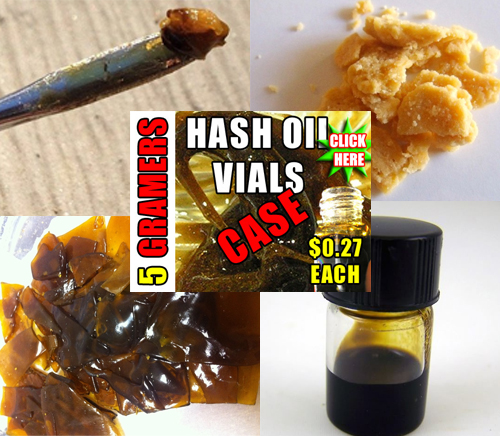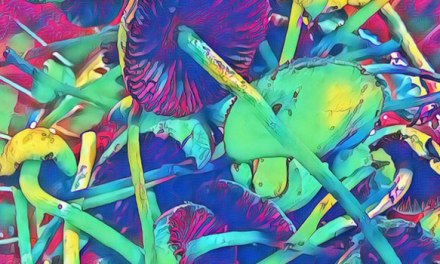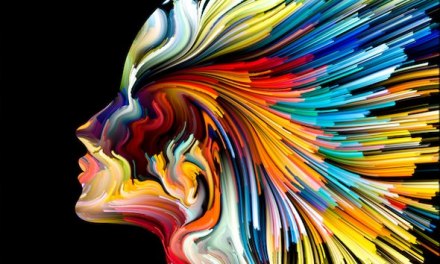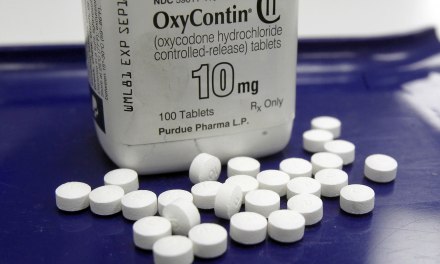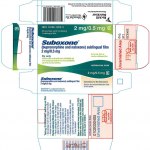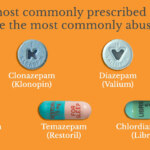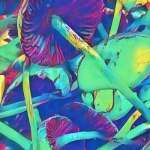During a recent Zoom meeting, I was surprised that some of the attendees, all folks who work in drug treatment programs, weren’t clear on the meaning of some common street terms. In this case, shatter and dab.
Sounds like a rap duo, right? But they describe aspects of THC use.
Shatter refers to a type of cannabis concentrate, made by employing a solvent such as butane to extract THC from the cannabis flower.
The extracted material will have many times the THC content of the original flower — when concentrated, 60-80% isn’t unusual, and 90% isn’t unheard of. At those levels, the drug’s effects on the user can be closer to those of a powerful hallucinogen, such as LSD — a far cry from ordinary cannabis.
Due to its extraordinary strength, shatter and other concentrates tend to attract interest from more experienced users, in search of greater impact from drug use.
The name reflects its odd appearance. Resembling a chip of rock candy or very thin tinted glass, it’s easily broken into smaller pieces, sometimes amber in color.
Shatter’s close relatives among the concentrates include others also named primarily based on their appearance — examples include wax, budder, and crumble.
All can be heated, ordinarily using a pipe, to yield vapors that are then inhaled. That’s where we first encounter the term dab, which refers to the individual piece of a concentrate.
As in, “I’m’a smoke this dab, okay?”
Dabbing in that context describes the act itself. Both terms can be used as verb and noun.
Just as a user could conceivably “shatter some shatter” — meaning break a larger piece into several smaller ones — so could they describe themselves as about to “dab a dab”.
Sorry if that’s confusing. But if you didn’t know — well, now at least you know.

